Maximize Influencer Microtargeting for Your Brand
In today’s digital world, targeted marketing strategies are key for brands wanting to boost their online presence. They help drive conversions. By using influencer marketing, businesses can reach specific audiences with great accuracy.
This method, called influencer microtargeting, lets brands connect with social media influencers. These influencers have built trust with their followers. This can lead to more people knowing about the brand, better engagement, and higher sales.
To get the most out of targeted marketing strategies, understanding influencer microtargeting is crucial. This article will explore the details of influencer microtargeting. It will also offer practical advice for brands aiming to improve their marketing.
The Evolution of Influencer Marketing in the Digital Age
Influencer marketing has changed a lot since it started. It’s now a key part of digital marketing. The rise of social media influencers has helped brands reach specific audiences better than ever before.
At first, influencer marketing was all about celebrity endorsements. But with the growth of social media platforms like Instagram, YouTube, and TikTok, new influencers appeared. They have big followings in certain areas, making them great for brands wanting to connect with micro-audiences.
The growth of influencer marketing is linked to social media’s growing role in our lives. Brands are now spending more on influencer marketing. They see its value in creating authentic engagement and getting a clear measurable ROI. This has led to new platforms and tools for working with influencers and tracking campaigns.
Now, influencer marketing is a complex field. Brands use social media influencers to boost awareness, drive sales, and build loyalty. As digital marketing keeps changing, influencer marketing will stay a key part of marketing plans.
What Is Influencer Microtargeting and Why It Matters
The digital marketing world is changing fast. Now, it’s all about audience segmentation with influencer microtargeting. This method lets brands reach their audience better. They use micro-influencers who really know their niche communities.
Core Components and Principles
Influencer microtargeting has key parts:
- It finds and works with micro-influencers who truly connect with their audience.
- It uses advanced data to learn what the audience likes, does, and who they are.
- It makes messages that speak directly to the audience.
This way, brands can make campaigns that really get people involved and lead to sales.
Distinguishing Features from Traditional Campaigns
Influencer microtargeting is different from old-school influencer marketing. It’s all about being precise and personal. Here’s what sets it apart:
- It focuses on specific groups, not everyone.
- It picks micro-influencers for their high engagement, not just their big following.
- It uses data to make campaigns better.
By using influencer microtargeting, brands can make a bigger splash. They build a stronger bond with their audience.
The Business Case for Precision Influencer Strategies
The business case for precision influencer strategies is strong. It’s based on targeted outreach and analysis. Brands can reach their target audiences better, leading to deeper engagement.
Trust-Building Through Relevance
Precision influencer strategies help brands find influencers who really connect with their audience. This relevance is key to building trust. Through target market analysis, brands can find the best influencers for their marketing.
Community Development Opportunities
These strategies also open up big community development opportunities. By working with micro-influencers, brands can join local communities. This makes their products or services seem natural and trustworthy.
In the end, using precision influencer strategies can bring big wins. Brands see better trust, relevance, and community growth. As the digital world changes, these targeted methods will help brands stay ahead.
Identifying and Segmenting Your Brand’s Micro-Audiences
The secret to great influencer marketing is knowing your audience well. You need to understand more than just basic details. You must know what they like and how they act.
Demographic Profiling Techniques
Starting with demographics is key. It’s about sorting your audience by things like age, gender, and income. Using data tools helps brands see who they’re talking to. For example, a beauty brand might find their main customers are women aged 25-45 with some money to spend.
This info helps in making marketing more focused. It means picking influencers who fit these groups well.
- Use social media tools to learn about your audience.
- Do surveys or polls to get more info.
- Look at customer data to spot trends.
Psychographic Analysis Methods
Psychographic analysis looks at what makes people tick. It’s about values, attitudes, and lifestyle. This lets brands really connect with their audience.
For instance, a fitness brand might find a group that cares about the planet and health. Working with influencers who share these values helps the brand speak to this audience better.
- Listen to your audience on social media to learn about their interests.
- Use tools to sort your audience by their psychological traits.
- Create buyer personas that mix demographic and psychographic data.
By using both demographics and psychographics, brands get a full picture of their audience. This is key for influencer microtargeting. It means choosing influencers who match both the audience’s demographics and values. This makes influencer marketing more precise and successful.
Selecting the Perfect Micro-Influencers for Your Niche
Finding the right micro-influencers is crucial for brands aiming at specific niches. It’s about understanding how to work with influencers to boost your brand’s visibility and engagement.
Content Analysis Methodologies
Brands need to use detailed content analysis to pick the best micro-influencers. They should check the quality, relevance, and how well the influencer’s content engages their audience. High-quality content that speaks to the audience is essential. Look for influencers who share your niche and values.
It’s also important to look at the influencer’s audience. Check their age, location, and interests to see if they match your target audience. Advanced analytics tools can help uncover this information, guiding your choices.
Red Flags and Green Lights in Selection
When choosing micro-influencers, watch out for red flags and green lights. Red flags include inconsistent content quality, low engagement rates, and inauthentic audience demographics. Green lights are high engagement rates, content that matches your brand, and an audience that fits your target.
Choosing the right micro-influencers means picking those who genuinely connect with their audience and create quality content. This way, brands can improve their marketing and meet their goals.
In summary, picking the right micro-influencers requires a deep dive into their content, audience, and engagement. Knowing the red flags and green lights helps brands make smart choices for successful influencer partnerships.
Developing a Strategic Influencer Microtargeting Framework
To make the most of influencer marketing, brands need a solid plan. This plan should match their microtargeting goals. It’s about knowing how to target specific groups of people.
A good influencer microtargeting plan has a few key parts. First, figuring out who your micro-audiences are is crucial. This means looking at what people like and do to make detailed profiles.
Message Customization Guidelines
It’s important to tailor your message for each group. Here’s how to do it:
- Know your audience: Get to know what they like, what they’re into, and what they need.
- Tailor your content: Make content that speaks to each group. Use words and pictures that they’ll connect with.
- Be consistent: Keep your main message the same for everyone. This shows your brand’s true value.
Maintaining Brand Voice Across Influencers
Keeping a consistent brand voice with different influencers is key. Here’s how to do it:
- Make a clear brand style guide. It should cover tone, language, and key messages.
- Work closely with influencers. Make sure they get and show your brand’s voice.
- Keep an eye on what influencers post. Make sure they follow your brand’s rules.
By following these steps and building a strong plan, brands can improve their influencer marketing. They’ll make sure their message hits the right people and gets them involved.
Advanced Techniques in Influencer Microtargeting
Advanced influencer microtargeting is changing how brands talk to their fans. It brings precision and personal touch to marketing. Brands can make their influencer campaigns better, thanks to social media influencers who connect with specific groups.
Age-Specific Targeting Tactics
Age-specific targeting means making marketing fit the age of the audience. For example, a brand for Gen Z might work with influencers who are popular among the young. This way, the content and platforms used are perfect for that age group. This method can lead to more people engaging with the brand and better messaging.
To use age-specific targeting, first figure out who your audience is. Look at customer data and research to find the right age ranges. Knowing what different ages like helps brands tailor their marketing better.
- Find out your audience’s age through data analysis.
- Work with influencers who appeal to your target age group.
- Make content that speaks to your audience’s interests and values.
Lifestyle and Value-Based Segmentation
Lifestyle and value-based segmentation targets people based on their interests and values, not just age. This way, brands can connect with their audience on a deeper level. By teaming up with influencers who match their audience’s lifestyle, brands can make their marketing more real and engaging through effective influencer outreach.
To use this approach well, brands need to know what their audience likes and values. They can do this by researching the market and looking at customer data. Aligning marketing with the audience’s lifestyle and values helps build stronger bonds and loyalty.
- Do market research to understand your audience’s interests and values.
- Collaborate with influencers who match your audience’s lifestyle.
- Create content that speaks to your audience’s lifestyle and values, making it authentic and relevant.
Using advanced methods like age-specific targeting and lifestyle segmentation can make influencer marketing more effective. This boosts brand awareness and engagement, and helps create deeper connections with the audience.
Essential Tools and Platforms for Influencer Microtargeting
To do influencer microtargeting well, brands need the right tools and platforms. They use technology to make campaigns run smoothly and get the best return on investment.
Automation Tools for Scale
Automation tools are key for growing influencer microtargeting campaigns. They help brands:
- Find and work with micro-influencers quickly
- Automate tasks like scheduling and reporting
- Keep an eye on how campaigns are doing
Platforms like Marketify and InfluencerHub make managing many influencer partnerships easier.
Relationship Management Systems
Good relationship management systems are crucial for keeping strong ties with influencers. These systems help brands:
- Keep track of influencer interactions
- Make communication and teamwork easier
- Check how influencers are doing and the campaign’s success
Using these systems, brands can build lasting relationships with influencers. This makes their microtargeting efforts more effective.
Measuring the Success of Your Microtargeting Efforts
To see how well influencer collaborations work, you need a solid way to measure them. This means tracking how well your microtargeting does with different metrics and methods.
Measuring success starts with conversion tracking. This means watching what your audience does after seeing an influencer’s content. With conversion tracking, you can see if sales, sign-ups, or other actions come from those influencer posts.
Conversion Tracking Methodologies
There are a few ways to track conversions well:
- Use affiliate links or special promo codes to see what’s working.
- Put pixel tracking on your site to see how users behave and convert.
- Use UTM parameters in URLs to see how influencer traffic does in your analytics.
Long-Term Value Assessment
It’s not just about quick wins. You also need to look at the long-term value of customers from influencer campaigns. This means checking how well they stick around, their lifetime value, and how they affect your brand’s growth and revenue.
By looking at both short-term conversions and long-term value, you get a full picture of your efforts. This helps you make smarter choices for your audience segmentation strategies.
Case Studies: Brands Winning with Influencer Microtargeting
Many brands have seen big wins by using influencer microtargeting strategies. They focus on specific groups to boost engagement, sales, and profits.
Beauty and Fashion Sector Innovations
In beauty and fashion, micro-influencers are key. They help reach niche audiences. For example, a beauty brand teamed up with a micro-influencer to promote new skincare. This led to more brand awareness and sales among the right people.
This success came from the micro-influencer’s engaged audience. It matched the brand’s target perfectly. This partnership helped the brand reach new customers.
Tech Industry Targeting Breakthroughs
In tech, targeted marketing strategies help brands reach specific groups. This drives adoption and sales of new tech. A tech company used micro-influencers to promote a new gadget. They saw a big jump in pre-orders and positive feedback.
The campaign’s win was thanks to choosing the right micro-influencers. Their audience was a perfect match for the brand. This targeted approach paid off big time.
These stories show how influencer microtargeting can boost business results. By using smart marketing and the right influencers, brands can see big wins in engagement, sales, and profits.
Conclusion: Future-Proofing Your Brand with Strategic Influencer Partnerships
Brands need to keep up with the digital world’s changes. Influencer marketing is key, with influencer microtargeting being a sharp tool for reaching specific groups. This method helps brands make campaigns that really connect with people.
The perks of influencer microtargeting are obvious: it boosts your brand’s visibility, saves money, and gives you valuable insights. To stay ahead, create a smart plan for working with influencers. This will help you handle the digital world’s shifts and beat rivals.
When you’re planning your influencer marketing, always check and improve your efforts. The right strategy makes influencer marketing a strong way to grow your brand’s success.
FAQ
What is influencer microtargeting, and how does it differ from traditional influencer marketing?
Influencer microtargeting is a detailed way to market through influencers. It focuses on specific groups with messages that match their interests. This is different from traditional marketing, which tries to reach a wider audience.
How do I identify the right micro-influencers for my brand’s niche?
To find the right influencers, check if their content and audience match your brand. Look at their past work and how well they connect with your audience. This helps ensure their messages align with your brand’s values.
What are the key benefits of using influencer microtargeting for my brand?
Microtargeting helps you reach the right people with messages they care about. This leads to better engagement and more sales. It also helps build a loyal community by being more relevant.
How can I measure the success of my influencer microtargeting efforts?
Use tools to track how your audience acts after seeing your ads. Also, look at how your campaigns affect your brand over time. This shows the lasting impact of your efforts.
What tools and platforms are essential for effective influencer microtargeting?
You need tools that automate your campaigns and help manage your influencer relationships. These tools make it easier to find, work with, and keep track of influencers.
Can influencer microtargeting be applied across different industries, such as beauty, fashion, and tech?
Yes, microtargeting works in many industries. It lets brands in beauty, fashion, tech, and more target specific groups. This makes their marketing more effective.
How do I ensure that my brand’s voice is maintained across different influencers?
Create clear rules for influencers about your brand’s voice and message. Then, check their content often to make sure they follow these guidelines.
What are some advanced techniques in influencer microtargeting that I can leverage?
Try targeting by age or by interests and values. This means sending messages that fit the specific needs and preferences of your audience.






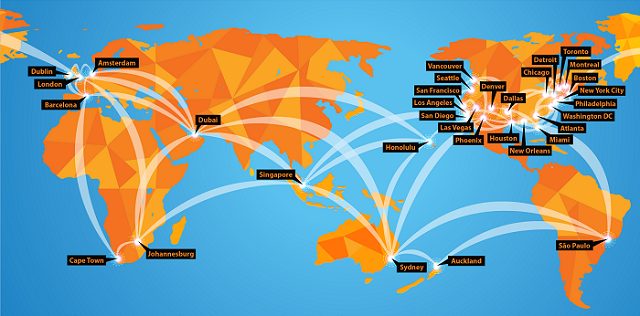


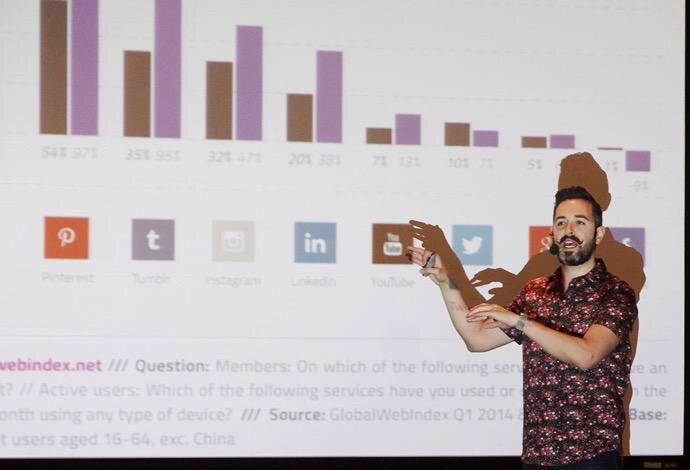
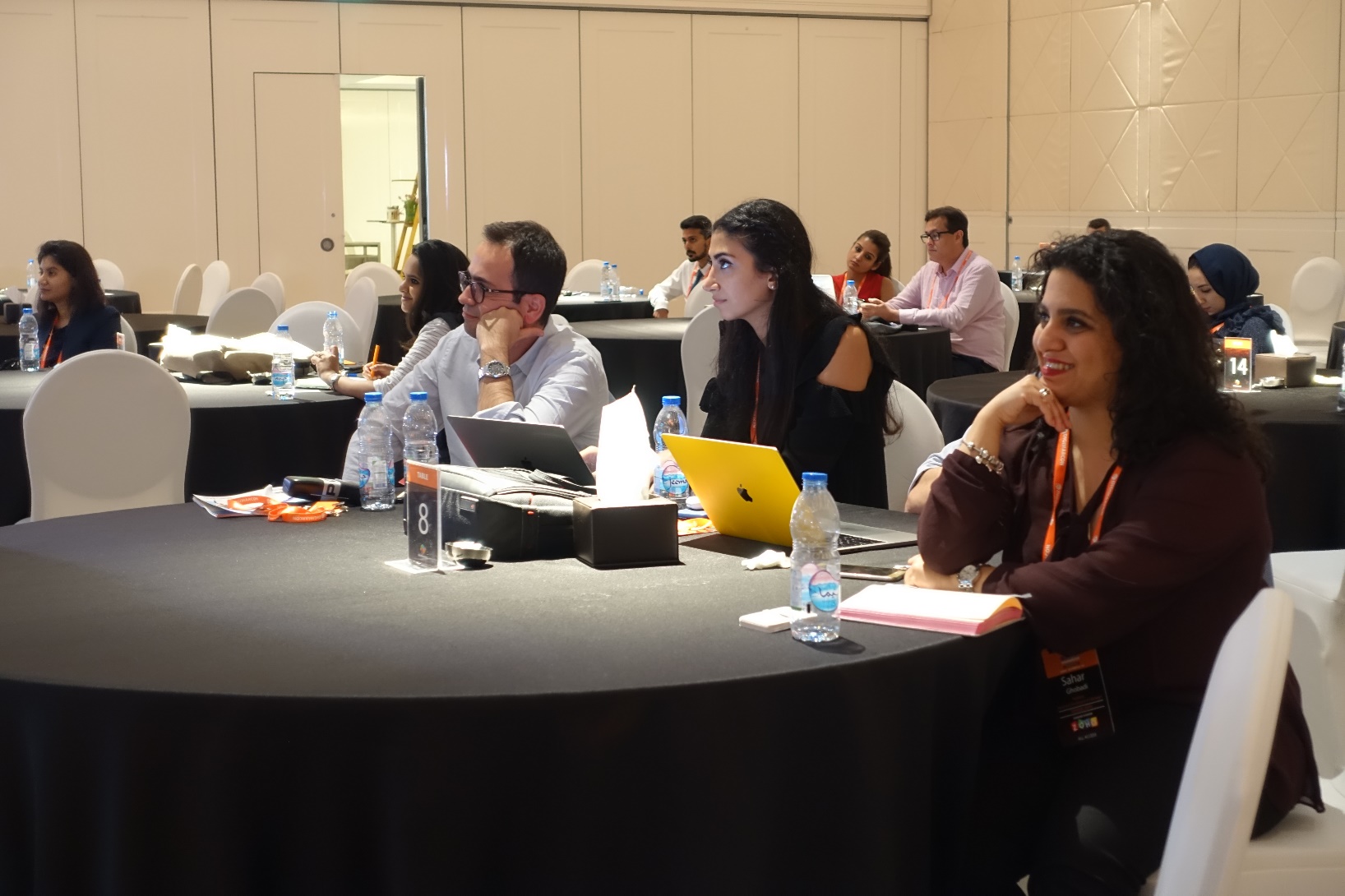

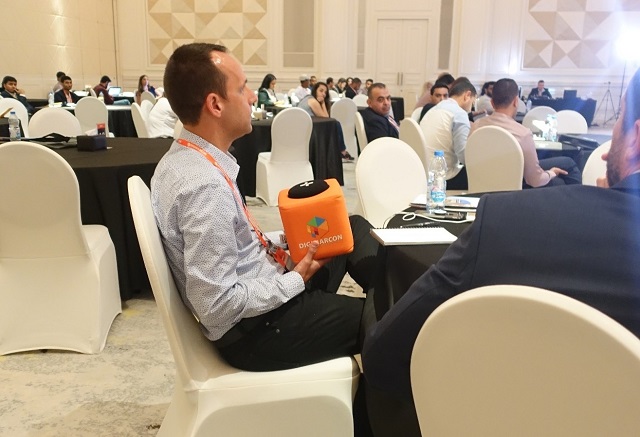



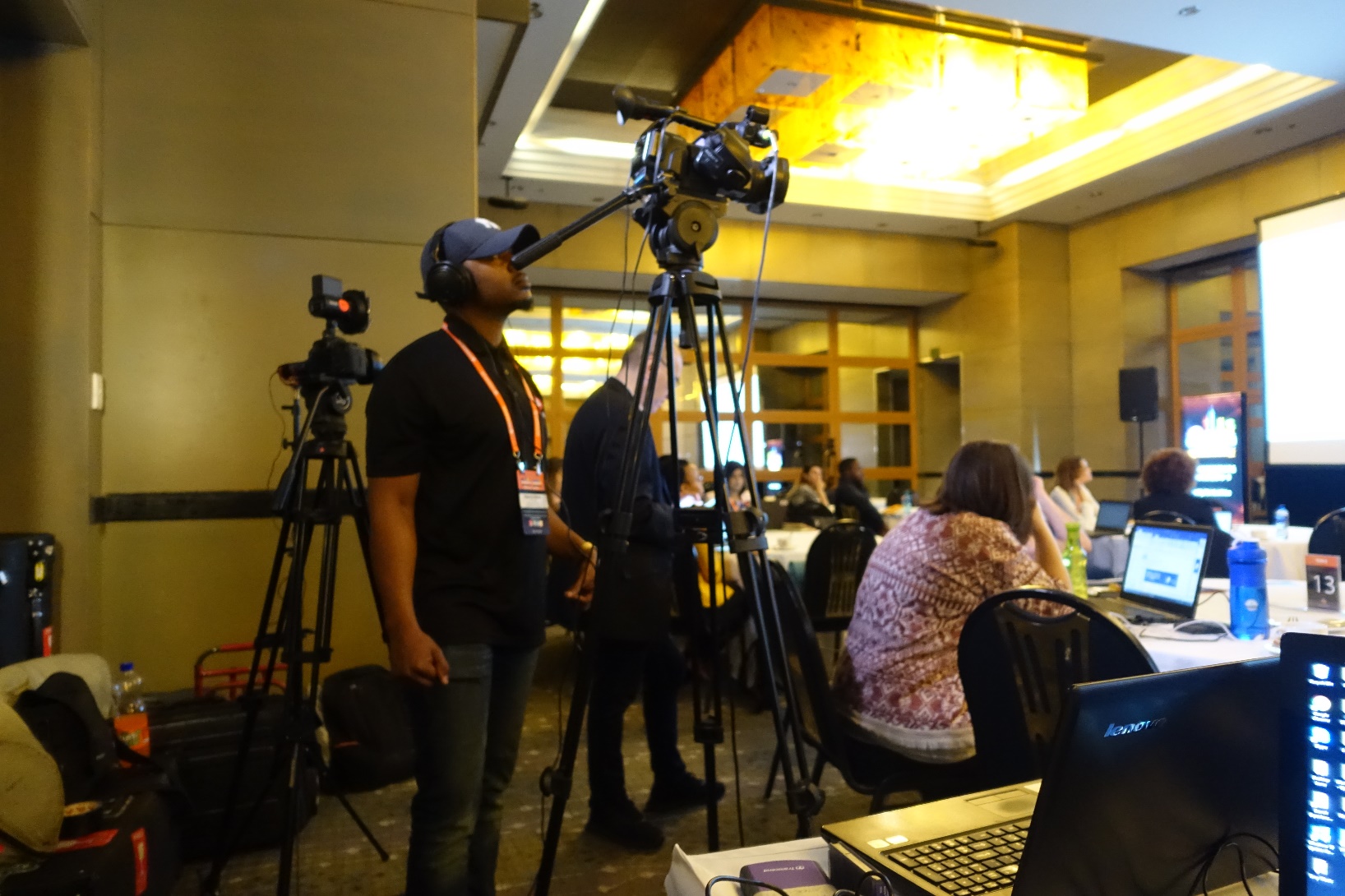


















No comments